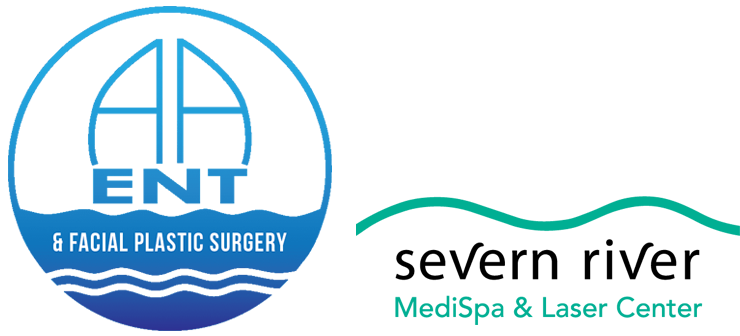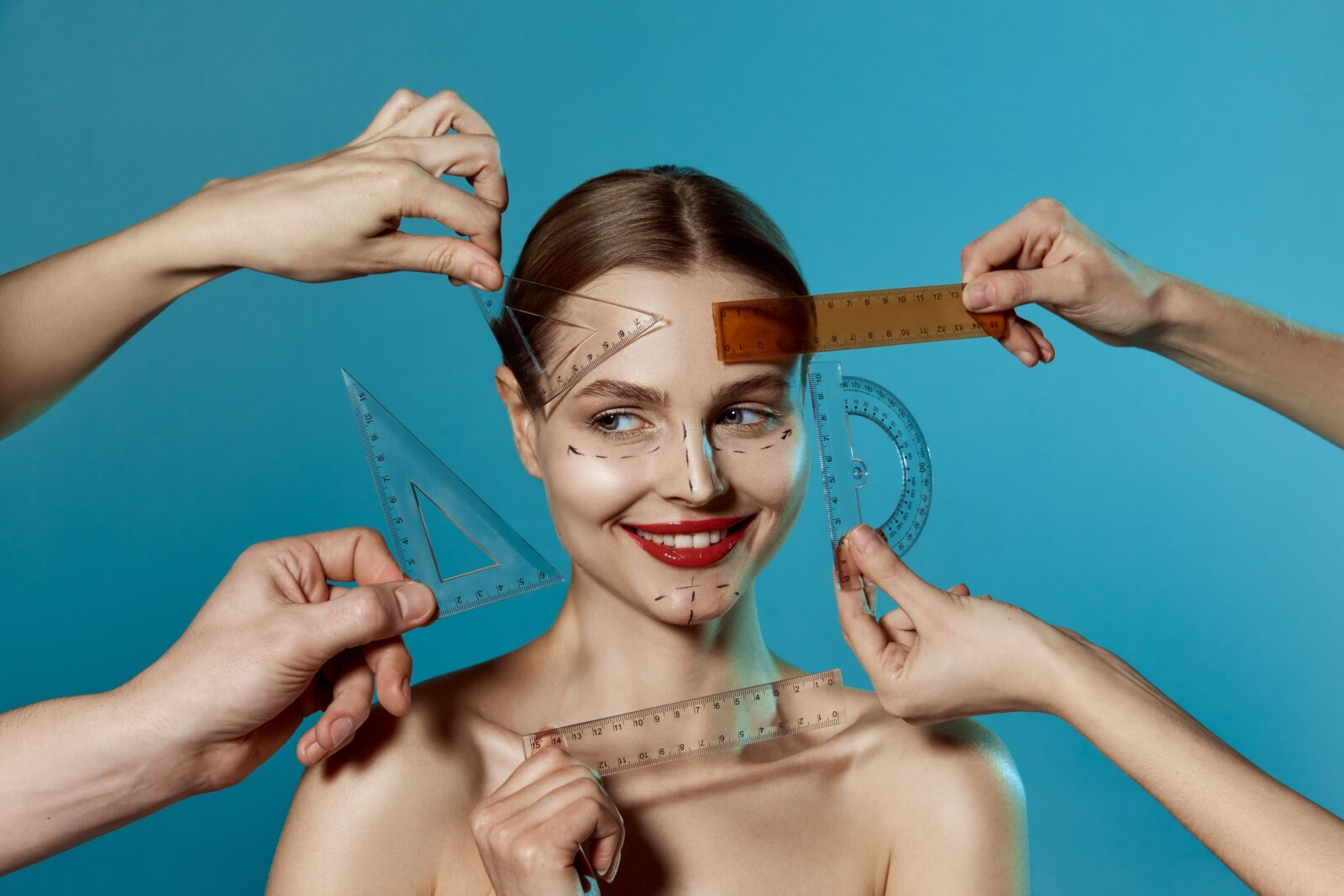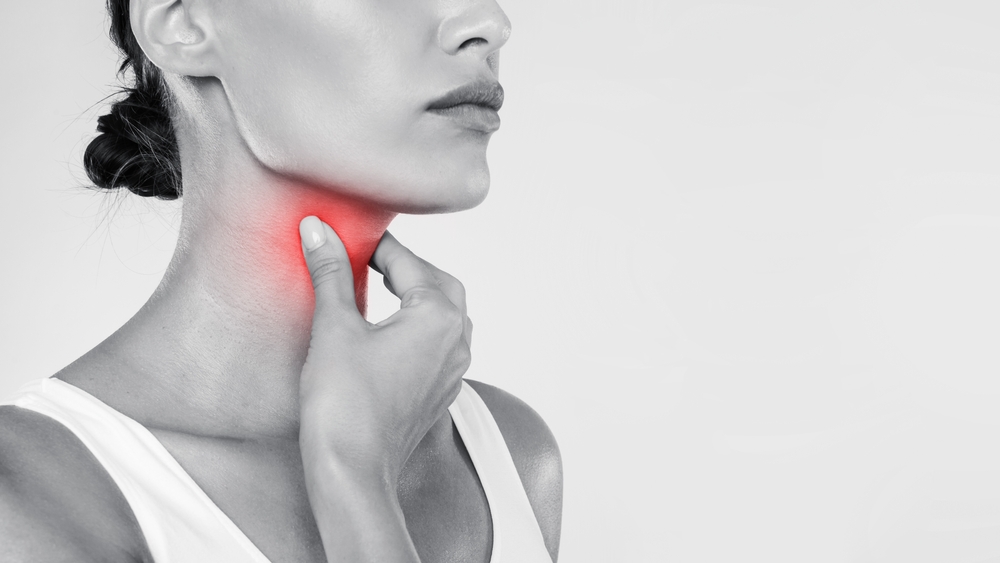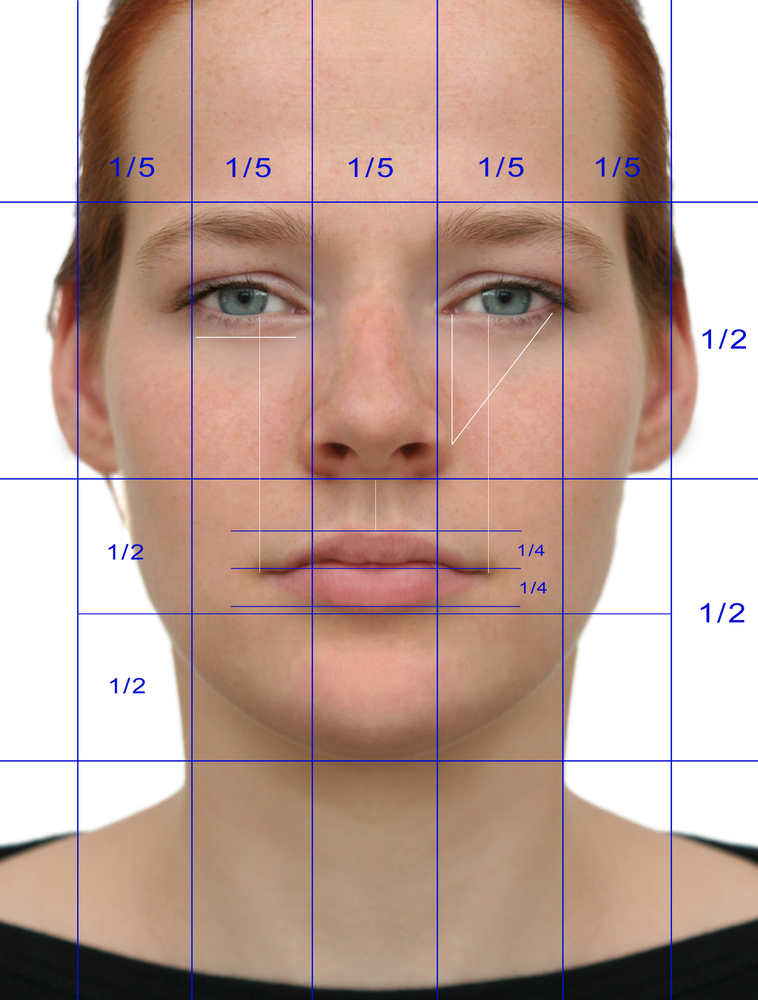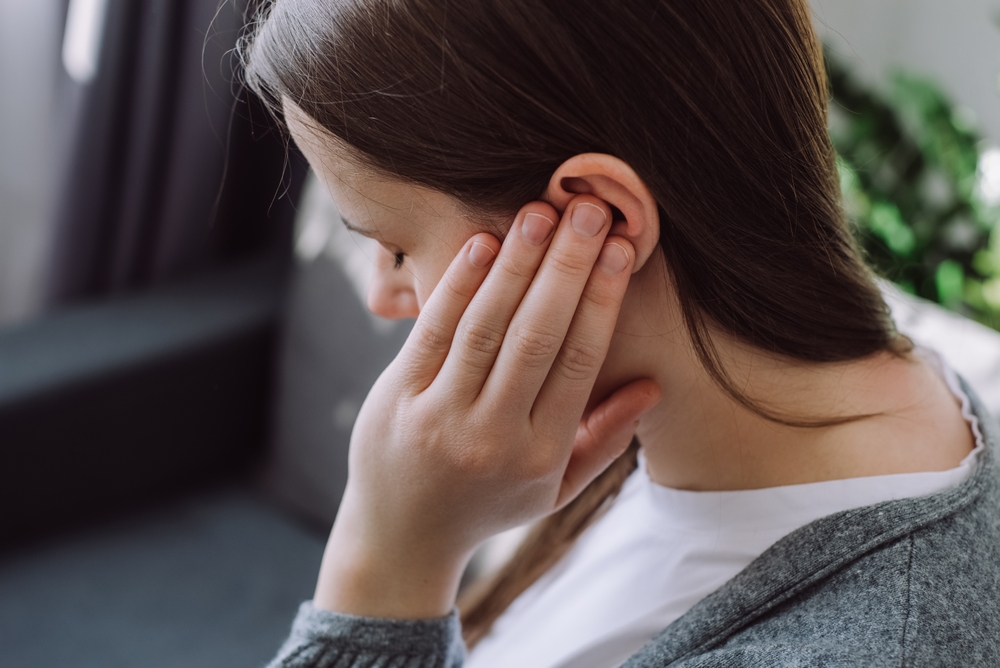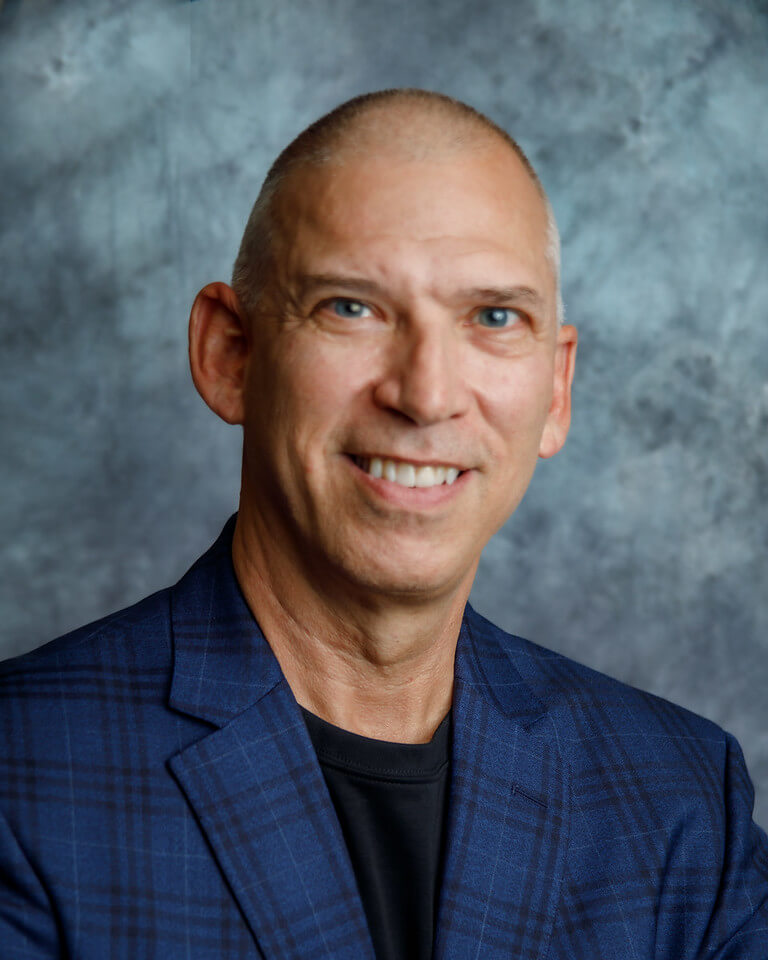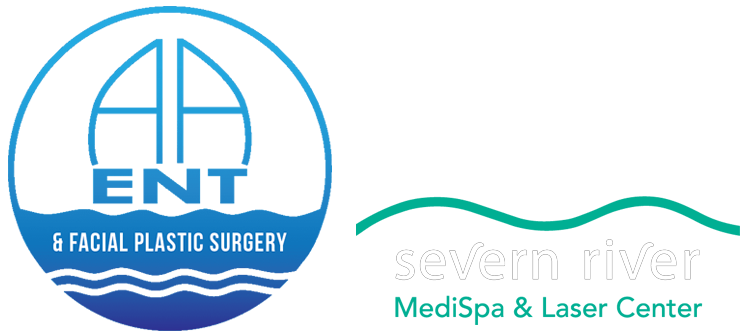“Beauty lies in the eyes of the beholder,” they say. But in the world of facial aesthetics, symmetry is often considered a hallmark of beauty. While no face is perfectly symmetrical, noticeable imbalances can sometimes be a cause for concern or self-consciousness. Enter the realm of facial plastic surgery, where art meets science to address these natural imbalances with unparalleled precision.
Understanding Facial Asymmetry
Facial asymmetry refers to the differences in size, shape, and position of facial features between the left and right sides of the face. It’s a natural phenomenon, and everyone has some degree of asymmetry. Factors contributing to facial asymmetry include genetics, aging, trauma, and certain medical conditions.
Why Address Facial Asymmetry?
- Aesthetic Appeal: Symmetry is often associated with attractiveness. Correcting noticeable imbalances can enhance one’s appearance and boost self-confidence.
- Functional Reasons: Asymmetry can sometimes lead to functional issues, such as difficulty in chewing, speaking, or breathing. Addressing these imbalances can improve quality of life.
- Psychological Well-being: For some, facial imbalances can be a source of distress or self-consciousness. Surgical correction can offer emotional relief.
Surgical Solutions for Facial Asymmetry
Rhinoplasty:
Commonly referred to as a “nose job,” rhinoplasty is a surgical procedure that reshapes or resizes the nose. It can correct asymmetry in the nose’s bridge, tip, or nostrils. Apart from aesthetic improvements, rhinoplasty can also address breathing issues caused by a deviated septum or other structural abnormalities.
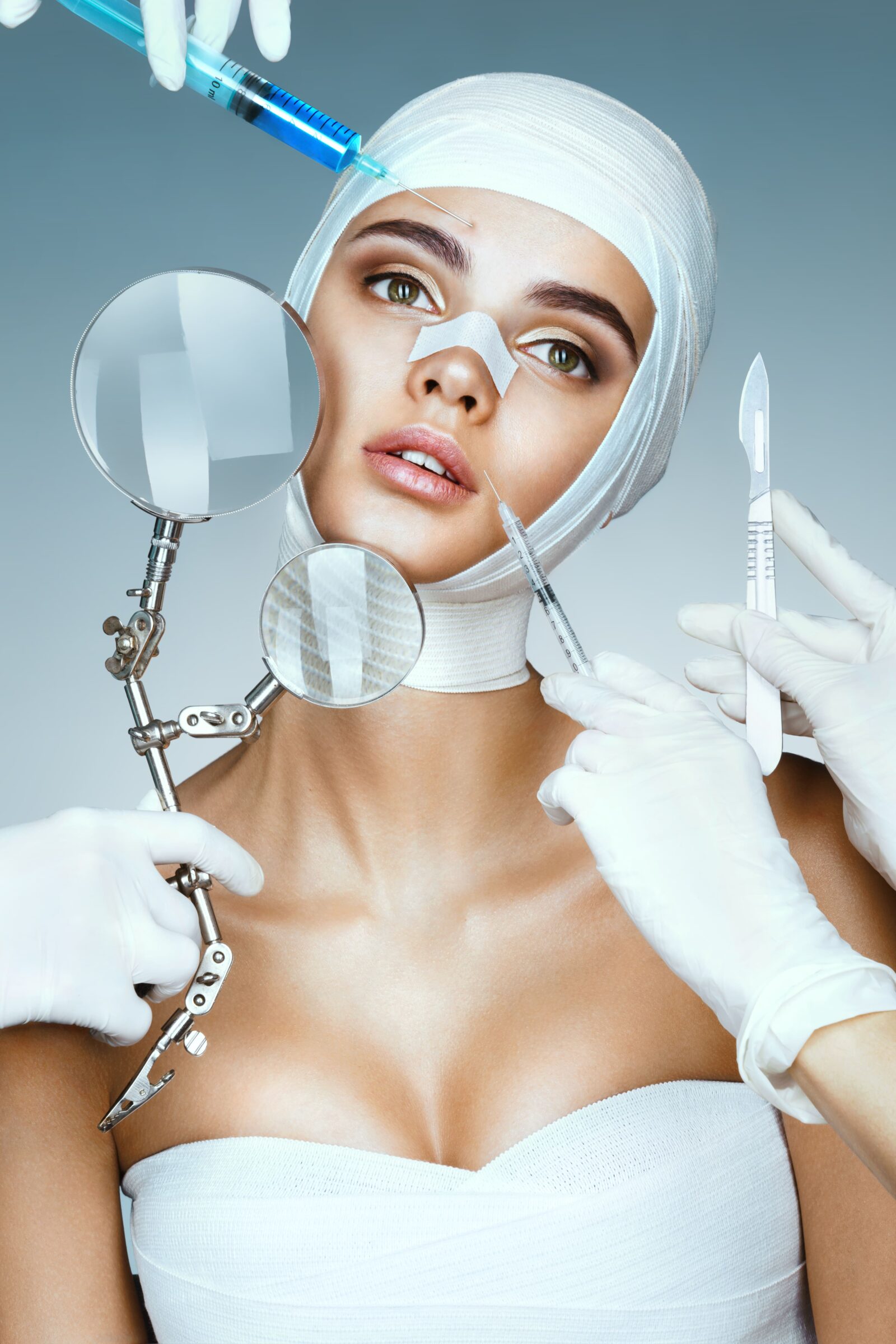
Chin Augmentation or Reduction:
This procedure involves reshaping the chin by either inserting an implant (augmentation) or removing or reshaping bone (reduction) to achieve a more balanced facial profile. A chin augmentation may even help in improving bite function in cases where chin position affects dental occlusion.
Otoplasty:
Also known as ear pinning, otoplasty is a procedure that corrects protruding or asymmetrical ears, bringing them closer to the head or achieving symmetry between them. While primarily aesthetic, it can boost self-confidence, especially in people who are highly self-conscious about their ears.
Eyelid Surgery (Blepharoplasty):
This procedure addresses asymmetry in the eyelids. It involves removing excess skin, muscle, or fat from the upper or lower eyelids. In addition to giving the eyes an alert appearance, blepharoplasty can also improve vision in cases where drooping eyelids cause obstruction.
Facelift or Mini Facelift:
A facelift tightens and lifts sagging facial skin and muscles. It can correct asymmetry caused by aging, such as sagging or drooping on one side of the face. The benefits of a facelift are primarily aesthetic, but it can also improve peripheral vision if sagging skin obstructs it.
Fillers and Botox:
While not surgical, injectables like fillers can add volume to areas of deficiency, and Botox can relax muscles causing asymmetry. Fillers and Botox provide a temporary, non-surgical solution for minor asymmetries, as well as for facial tightness and synkinesis.
In Conclusion
Facial asymmetry is a natural part of being human. However, when imbalances become a source of concern, modern facial plastic surgery offers solutions that are both effective and aesthetically pleasing. If you’re considering addressing facial asymmetry, consult with a board-certified facial plastic surgeon to discuss your options and embark on a journey to a more symmetrical and confident you.
